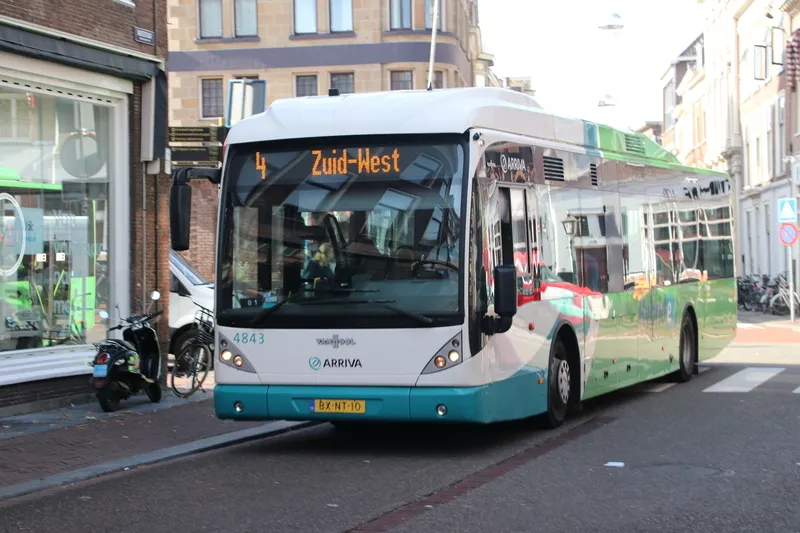David Crawford admires TomTom’s flying start to 2012. Gobal location and navigation equipment supplier TomTom rang in 2012 with two strategically important announcements. First was the signing of a deal with Korean electronics giant Samsung, representing an important consolidation of its position in the consumer market. Under this agreement, TomTom maps and location content will power the Samsung Wave3 smartphone, launched in autumn 2011. TomTom data will support navigation and search-and-find applications
March 16, 2012
Read time: 4 mins

David Crawford admires TomTom’s flying start to 2012
Gobal location and navigation equipment supplierSecond came the near doubling in a year of global numbers of users of TomTom’s Live Services, including the in-vehicle HD Traffic navigation system, to 1.3 million. Derived from GPS and floating mobile phone data enhanced by local detection, the technology delivers estimated times of arrival for planned trips via traffic information updated every two minutes.
The growth reflects the widening reach of the service, notably to the United States and Australia, bringing it to vehicle dashboards via partners including
TomTom derived these figures from a series of studies. The 15% reduction in journey time claimed for HD Traffic users came from analysis of 22,000 peak hour trips in Berlin, London, Paris and the Ruhr area of Germany. To get the 5% improvement figure, computer modelling based on ‘realistic assumptions’ was used with results of German experiments, using roads in conurbations with medium and high density traffic flows, carried out by the Association for European Transport and at the University of Hanover. TomTom has acknowledged that so far it has not been possible to fully test its predictions because the 10% penetration target for equipped vehicles has yet to be achieved anywhere.
The company is getting anonymous location data from over 80 million people worldwide, however, via TomTom products and the company’s partnerships with companies such as
The strategy is being developed by TomTom Licensing (TTL), which incorporates the TeleAtlas business acquired for extending TomTom’s mapping capability worldwide. TTL’s senior manager for ITS Carlo van de Weije says: “Self-regulation within societally-desired boundaries is the most efficient and effective way for road authorities to manage traffic. In cooperation with them, we can take notice of their ‘dos’ and ‘donts’ (the ‘societal boundaries’) and so help route guidance to get even better than it is now.”
In pursuit of another Manifesto action area – bringing key stakeholders together – the company is actively seeking partnerships with national and regional traffic authorities. It plans, for example, to bid for a project role under the Netherlands Government’s €1Bn Better Use of Current Infrastructure programme, announced in December 2011.
Key elements of this include more effective lane management, wider deployment of real-time traffic information and encouraging development of new in-vehicle technologies. The programme’s emphasis is on meeting the needs of the country’s most heavily trafficked regions. In Maastricht, in the southern Netherlands, TomTom is already involved in monitoring and analysing regional traffic flows in connection with the conversion of an urban section of the A2 motorway into a stacked tunnel, to enhance the city environment.
In neighbouring Belgium, the company is supporting wide-scale traffic modelling by sharing information with the Vlaams Verkeerscentrum (Flemish Traffic Centre) which covers the Flemish-speaking north of the country.
Fulfilling another Manifesto commitment – to lead continuous improvement of traffic and route guidance technology – the TomTom International Traffic Foundation, founded in 2011, is funding two PhDs and two post-Doctorate research projects on traffic management knowledge and technology. This coming year will also see TomTom funding research into a topic aligned with EU policy on ‘Creating standards in the field of road transport’. This relates to the 2010 EU Directive on the deployment of ITS in road transport and interfaces with other modes.









